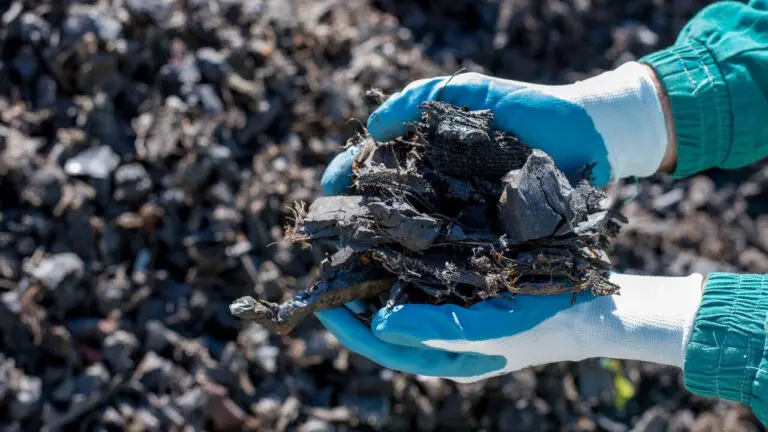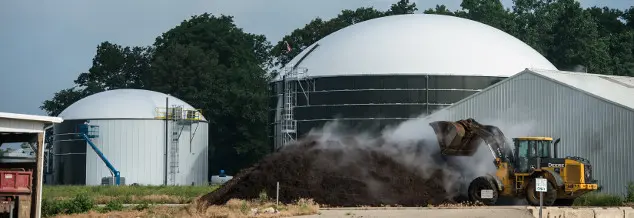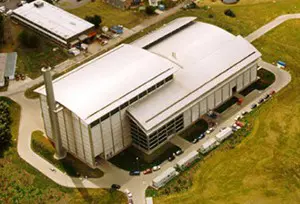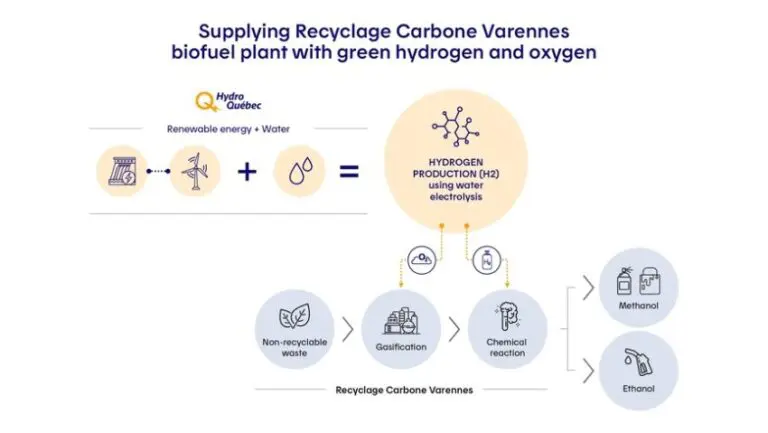Dallas, TX (PRWEB) June 16, 2006
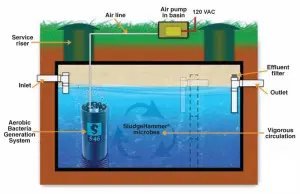 People living in rural areas are all too familiar with septic tank problems and the cost associated with septic tank maintenance. Problems in septic tank systems can be identified from a wide range of indicators. One such indicator is slow draining drains. Houses or businesses that have drains that make gurgling sounds or are slow to drain most likely have an obstruction or blockage somewhere in the system line. The blockage may be occurring between the house and the septic tank or at the septic tank level whereby the scum layer is blocking the inlet leading into the septic tank. These problems can also cause sewage back-ups into the basement. The most common resolution to these issues is chemical treatments down the drains and/or septic tank pumping, both of which are effective, but have severe drawbacks.
People living in rural areas are all too familiar with septic tank problems and the cost associated with septic tank maintenance. Problems in septic tank systems can be identified from a wide range of indicators. One such indicator is slow draining drains. Houses or businesses that have drains that make gurgling sounds or are slow to drain most likely have an obstruction or blockage somewhere in the system line. The blockage may be occurring between the house and the septic tank or at the septic tank level whereby the scum layer is blocking the inlet leading into the septic tank. These problems can also cause sewage back-ups into the basement. The most common resolution to these issues is chemical treatments down the drains and/or septic tank pumping, both of which are effective, but have severe drawbacks.
Another symptom of a septic tank problem is a wet or soggy absorption field or foul odor coming from the field. This problem usually stems from an outlet baffle failure or a clog in the absorption field. A properly functioning septic system will keep the scum and sludge contained inside of the tank and only let the water flow through to the absorption field. However, when some of these solids make it into the outlet lines, they cause the septic tank problems mentioned above. Again, the remedies to these problems involve costly measures such as developing a second absorption field and/or pumping the septic tank.
Over the past few years, advances in microbiology have opened the door to natural, safe and cost effective solutions to septic tank problems. The use of a microbial-based product as a septic tank treatment and septic tank maintenance minimizes the risk of the development of septic tank problems and drastically reduces the cost associated with septic tank pumping by limiting the need to pump.
Microbes are naturally occurring in septic tanks and are what cause the natural breakdown of organic solids in the system. However, when the naturally occurring population becomes diminished through the use of chemical treatments, septic tank performance suffers and the natural ability of the tank to degrade waste is hindered. At this point the digestion of the waste turns from aerobic to anaerobic, which is the reason for slower breakdown and putrid odors. Through the application of microbes, the biological activity and aerobic digestion is restored to the system and optimum performance is achieved.
Additionally, microbial products can also treat soggy, foul smelling absorption fields. The microbes, once sprayed over the field, break down the solids that have made their way from the septic tank, eliminating the absorption field clog and the associated odor and enhancing the soils ability to absorb water.
Another benefit of microbes is the minimal risk involved with their use. To treat septic tank problems, most products are simply poured down the drain. Because they are naturally occurring, they pose no health risks to humans or animals and are non-corrosive and non-caustic, meaning they will not damage the drain lines.
While traditional chemical products and septic tank pumping still reign as the most popular and most common method of septic tank problem treatments, natural microbial solutions are quickly gaining ground as a viable, cost-effective alternative.
# # #
![]() ©Copyright 1997-
©Copyright 1997-
, Vocus PRW Holdings, LLC.
Vocus, PRWeb, and Publicity Wire are trademarks or registered trademarks of Vocus, Inc. or Vocus PRW Holdings, LLC.




